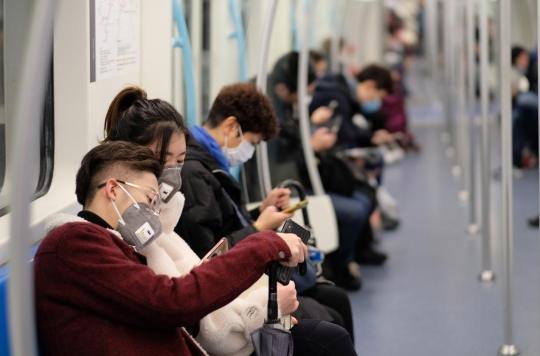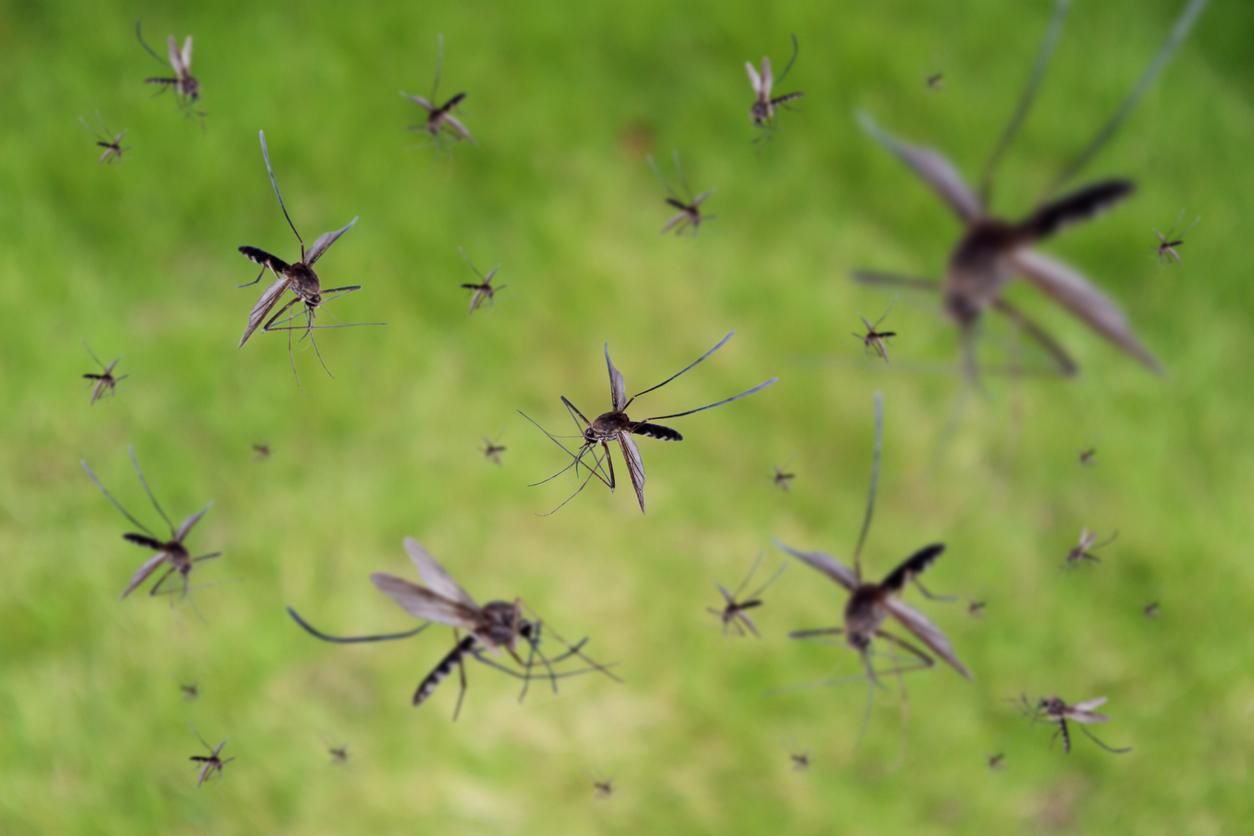The WHO has raised the global threat level from the Chinese coronavirus from “moderate” to “high”. According to experts, the epidemic is expected to last for months and make tens of thousands sick.

No, the global threat from the Chinese coronavirus is not “moderate” but “high”. The WHO has raised its level after mistakenly qualifying it as “moderate”. “It was a wording error, and we have corrected it,” a spokeswoman for the organization told AFP. This correction, however, does not change the fact that the WHO does not consider the outbreak to be a “public health emergency of international concern”, she said. At the same time, epidemiology experts have announced that, according to the first available data, the epidemic should last several months and make tens of thousands of patients.
Before correcting its error, the WHO had written in its situation reports that the risk was “very high in China, high regionally and moderate internationally. This absolutely does not mean that we have changed our risk assessment, but this error has crept in”, explains the spokesperson.
Until now, the WHO has only used the term “public health emergency of international concern” for rare cases of epidemics requiring a vigorous global response, such as during the H1N1 swine flu in 2009, where had then deemed it too alarmist. In 2014, she also used this name to designate Ebola, which ravaged part of West Africa. On the contrary, he was accused of having taken too long to measure the extent of the crisis. In 2016 when Zika was spreading at high speed in South America, the WHO also called it a “public health emergency of international concern”.
“It’s not going to stop next month”, assure the experts
If the WHO refuses to use this term to describe the Chinese coronavirus epidemicwhich scientists named the 2019-nCoV virusthe latter are by no means reassuring on the subject. “It’s not going to stop next week or next month,” adds Alessandro Vespignani, a professor at Northeastern American University, who coordinates a group of researchers publishing real-time analyzes of the epidemic.
“The best scenario would be that it continues in the spring, in the summer, and then that it falls again”, explains David Fisman, professor at the University of Toronto (Canada), and author of a bulletin for the Society international organization of infectious diseases, to AFP.
In recent days, many specialists have calculated the basic reproduction rate, or R Zero, which represents the number of people infected by an infected person. Their estimates range from 1.4 to 3.8, which is moderate, but this number is only an average. Thus, some patients were able to infect many people while others not at all.
As a reminder, this rate is 1.3 for seasonal flu and 2 to 5 for SARS which caused 774 deaths in Southeast Asia in 2002/2003. For measles, it is 12 to 18. With isolation measures and systematic hand washing, the number of infected people could decrease. When it drops below 1, the outbreak will die out, experts say.
A mortality rate around 3%
“Sras was controllable, so we hope this one will be too, but we won’t know for a few weeks (…) It will take weeks, probably months, and no one knows how it will evolve”, details David Fisman . It will therefore probably be necessary to wait one to two weeks before the measures taken by China in recent days are felt.
Another important question concerns the contagion period of 2019-nCoV. If, until this weekend, it was thought that patients became contagious only after the appearance of symptoms, the Chinese authorities now assure the opposite. The WHO has not yet decided on the question. As for the incubation period, it is estimated at about two weeks.
Currently, China has confirmed just over 4,000 sick and 100 dead on its territory. Abroad, around fifty cases have so far been detected. Yet experts fear that, as in the days of Sars, Beijing is covering up the scale of the outbreak. Especially since many cases have not yet been detected. Thus, according to the group coordinated at Northeastern, the real number of Chinese cases is undoubtedly more than 25,000. At the University of Hong Kong, researchers estimate the number of cases at more than 40,000.
As for the number of possible deaths, it is difficult to estimate. So far, the mortality rate has been around 3%, but it tends to rise when the most vulnerable patients die and then fall to rise again. We will therefore have to wait a few more weeks before the true extent of the danger of the coronavirus is publicly revealed.

.
















